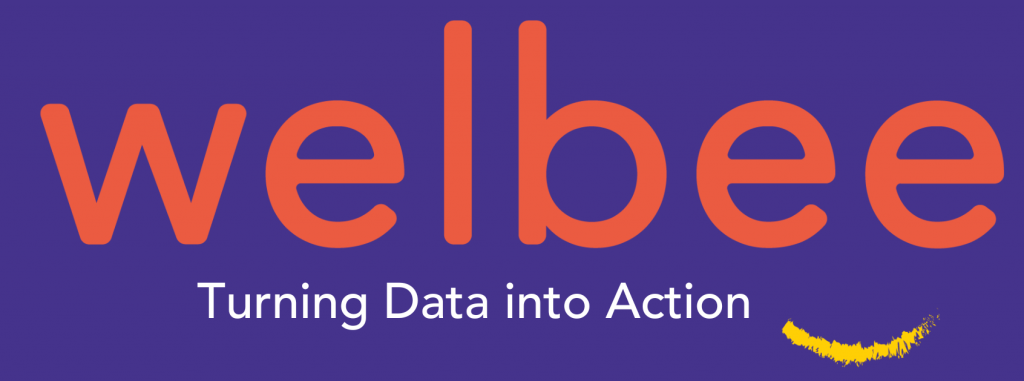There is a competitive, moral and financial imperative for schools and MATs to build a culture where staff really matter.
At the centre of this needs to be a fundamental shift in your leadership behaviours, namely twelve leadership competencies that will affect the experience of every staff member at your school. These competencies are sometimes lacking in school leadership as line managers often remain teachers, with insufficient leadership training and development.
Then add an effective people strategy to recruit, manage, develop and retain the very best staff and deliver the student outcomes needed.
This article will answer the following:
- What are ‘moments of truth’?
- The leadership competencies needed to create a culture where staff want to work and will thrive.
- The impact this will have on your school.

Moments of truth
I remember looking for my first job. Fresh from university, desperate to get on with life and earn that first paycheque. There were many little things that affected my decision – if you look back at your own experience, you may remember them as well – the school’s reputation, word of mouth, the job advert, the recruitment process, your first day, the training and development you received, and how you were treated.
Each of these include specific ‘moments of truth’ that add to your view of an organisation, meaning you might think “I can’t wait to be a part of it”, or “I wouldn’t touch them with a barge pole”.
Of course, thirty-five years ago things were a little different (though we don’t yet know the impact of the current pandemic) – higher unemployment, less choice, and information wasn’t easily available. Times have changed! It’s a highly competitive labour market, and any workload, budgets, and mental health issues are immediately known by the public. Schools and MATs are fighting to recruit and retain the best staff from a shrinking pool.
Get the ‘moments of truth’ right for your school and you build staff engagement, improve loyalty, increase retention, reduce stress and raise student outcomes. Get them wrong…and I don’t need to spell out what happens!
Where do these ‘moments of truth’ show up?
There are many opportunities of showing staff the benefits of working for your school or MAT and creating a great employee experience:
- Everyday school leadership behaviours – how staff are treated.
- Attraction – how prospective staff and other stakeholders view your school or MAT.
- Recruitment – the process prospective staff go through in being considered for a job with you.
- Onboarding – how welcome staff feel when they join you (this covers much more than the first day or your initial induction process and should start as soon as they are appointed).
- Performance – how this is supported and managed.
- Development – the time and focus given to staff CPD, career conversations and progression.
- Retention – how you proactively retain good staff and identify those at risk (all the other bullet points support this).
- Farewell – how staff feel when they leave and how well this is managed, irrespective of the reason they leave.
All of these are linked and come together to form your employer brand and determine how people think, feel and act when coming into contact with your school or MAT.
In this article, we are focusing on the first of the areas – everyday leadership behaviours. After getting this right, you can progress to the other components of a comprehensive people strategy.
Begin with the everyday behaviour of school leadership
Your staff face moments of truth every day. They include;
- How workload is distributed and managed
- The degree to which staff feel involved in decisions affecting them
- Whether they feel listened to and supported (or not)
- The behaviours they experience from leaders and colleagues
One common factor across all of these are interactions with their line manager and other leaders. Do those leading in your school or MAT have an awareness and understanding of the direct impact they have? Too often the answer is no.
Working with Headteachers, Principles and CEOs to create Welbee, they shared how they are often driven by the heavy demands placed on them. School leaders are always racing against the clock.
In too many cases many line managers haven’t had the required training and development. One day they were a teacher, the next asked to lead a year group, key stage or department (depending on your sector). They remain subject or specialism experts when they need to become people experts.
The good news is that extensive research from Goldsmiths, University of London, identified twelve specific leadership competencies that will help. They are different from those used in National Qualifications:

Self-assessing against these competencies is the easy bit. Supporting leaders to choose to adapt and change behaviour is much harder. People have deep and long-held beliefs and need to understand why they should change, as well as regular and deliberate reflection and practice to develop new habits.
Senior leaders must be role models, so others copy, and as line managers they have to coach their middle leaders. Without this people will very quickly return to their default position.
Introducing the above behaviours to senior and middle leaders across your school is a great first step, the cornerstone on which to build your people strategy. It will mean many more positive moments of truth and it is the fastest way to improve the experience of your staff
Discuss how well they are modelled within your school or MAT and agree actions so they become part of your culture.
In our next article you can review how to create a comprehensive and effective people strategy at your school. We will cover the other seven pillars needed for this and to improve staff recruitment, retention and performance, while reducing costs.







